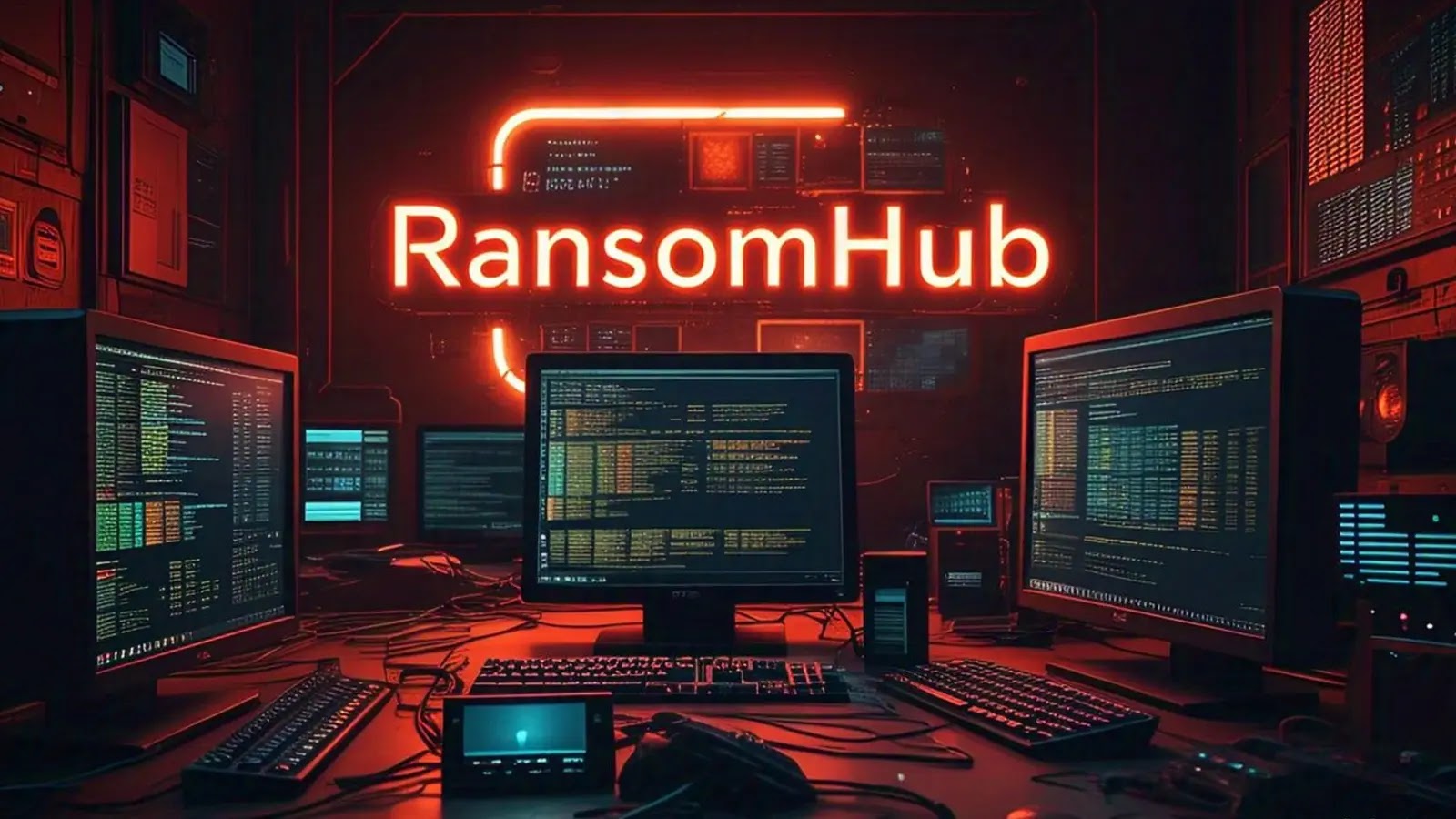In the ever-evolving landscape of cybersecurity threats, a new and sophisticated attack vector has emerged, known as RenderShock. This zero-click vulnerability exploits the passive file preview and indexing functionalities inherent in modern operating systems, enabling malicious payloads to execute without any user interaction. Unlike traditional phishing attacks that rely on user actions such as clicking on malicious links or opening infected attachments, RenderShock leverages legitimate background processes to achieve system compromise.
Understanding RenderShock
RenderShock targets the automated behaviors of file preview systems and indexing services that process files in the background without explicit user engagement. This vulnerability affects several components across different operating systems, including:
– Windows Explorer Preview Pane: Automatically generates previews of files when a folder is accessed.
– macOS Quick Look: Provides instant previews of file contents without opening them.
– Email Client Preview Systems: Displays email attachments or embedded content in the preview pane.
– File Indexing Services: Such as Windows Search Indexer and macOS Spotlight, which scan and index file contents for quick search capabilities.
These systems process files in memory and often invoke registered preview handlers that can inadvertently trigger the execution of malicious code embedded within the files.
Mechanisms of Exploitation
The RenderShock attack methodology involves embedding malicious code within document metadata or utilizing specific file formats that, when processed by preview systems, lead to unintended code execution. Key techniques include:
1. Malicious LNK Files: Shortcut files (.lnk) with embedded UNC (Universal Naming Convention) paths that, when previewed, prompt the system to initiate NTLM (NT LAN Manager) authentication requests to attacker-controlled servers, potentially leaking hashed credentials.
2. Crafted PDFs and Office Documents: Embedding external references or macros that, during the preview process, trigger outbound connections or execute code without user consent.
3. Polyglot Files: Files crafted to be interpreted as multiple file types, confusing parsers and leading to unintended execution paths.
4. Poisoned ICC Color Profiles: Maliciously crafted color profiles within image files that exploit vulnerabilities in color management systems during preview rendering.
Attack Scenarios
A typical RenderShock attack chain might involve the following steps:
1. Creation of Malicious Files: An attacker crafts a .lnk file with a remote icon path (e.g., \\attacker-ip\icon.ico) and embeds it within a ZIP archive.
2. Delivery Mechanism: The malicious ZIP file is distributed through various channels such as email attachments, shared network drives, or helpdesk portals.
3. Triggering the Exploit: When a user accesses the folder containing the ZIP file, the system’s preview pane attempts to render the .lnk file, initiating a request to the remote icon path. This action can lead to NTLM credential harvesting or further code execution, depending on the payload.
Potential Impacts
The exploitation of RenderShock vulnerabilities can lead to several severe consequences:
– Credential Theft: Harvesting of NTLMv2 hashes through unauthorized authentication requests, which can be cracked offline to obtain user credentials.
– Remote Code Execution: Execution of arbitrary code on the target system without user interaction, potentially leading to full system compromise.
– Persistence Mechanisms: Installation of malicious files in autostart directories, ensuring the attacker’s code runs upon system startup.
– Lateral Movement: Using harvested credentials to access other systems within the network, facilitating further exploitation and data exfiltration.
Mitigation Strategies
To defend against RenderShock attacks, organizations should implement a multi-layered security approach:
1. Disable Preview Features: Turn off the preview pane in Windows Explorer and Quick Look on macOS to prevent automatic rendering of potentially malicious files.
2. Block Outbound SMB Traffic: Configure firewalls to block outbound SMB (Server Message Block) traffic on TCP port 445 to untrusted networks, reducing the risk of credential leakage.
3. Enforce Macro Policies: Utilize Group Policy to disable or restrict macro execution in Office documents, mitigating the risk of code execution through document previews.
4. Behavioral Monitoring: Deploy security solutions that monitor for unusual network activity originating from processes associated with file previews, enabling early detection of exploitation attempts.
5. User Education: Train users to recognize and report suspicious files and emails, fostering a security-aware culture within the organization.
Conclusion
RenderShock represents a significant advancement in cyber attack methodologies, exploiting the very features designed to enhance user experience and productivity. By understanding the mechanisms of this zero-click vulnerability and implementing robust security measures, organizations can better protect themselves against such insidious threats. Continuous vigilance, regular system updates, and comprehensive security policies are essential in mitigating the risks posed by RenderShock and similar vulnerabilities.


